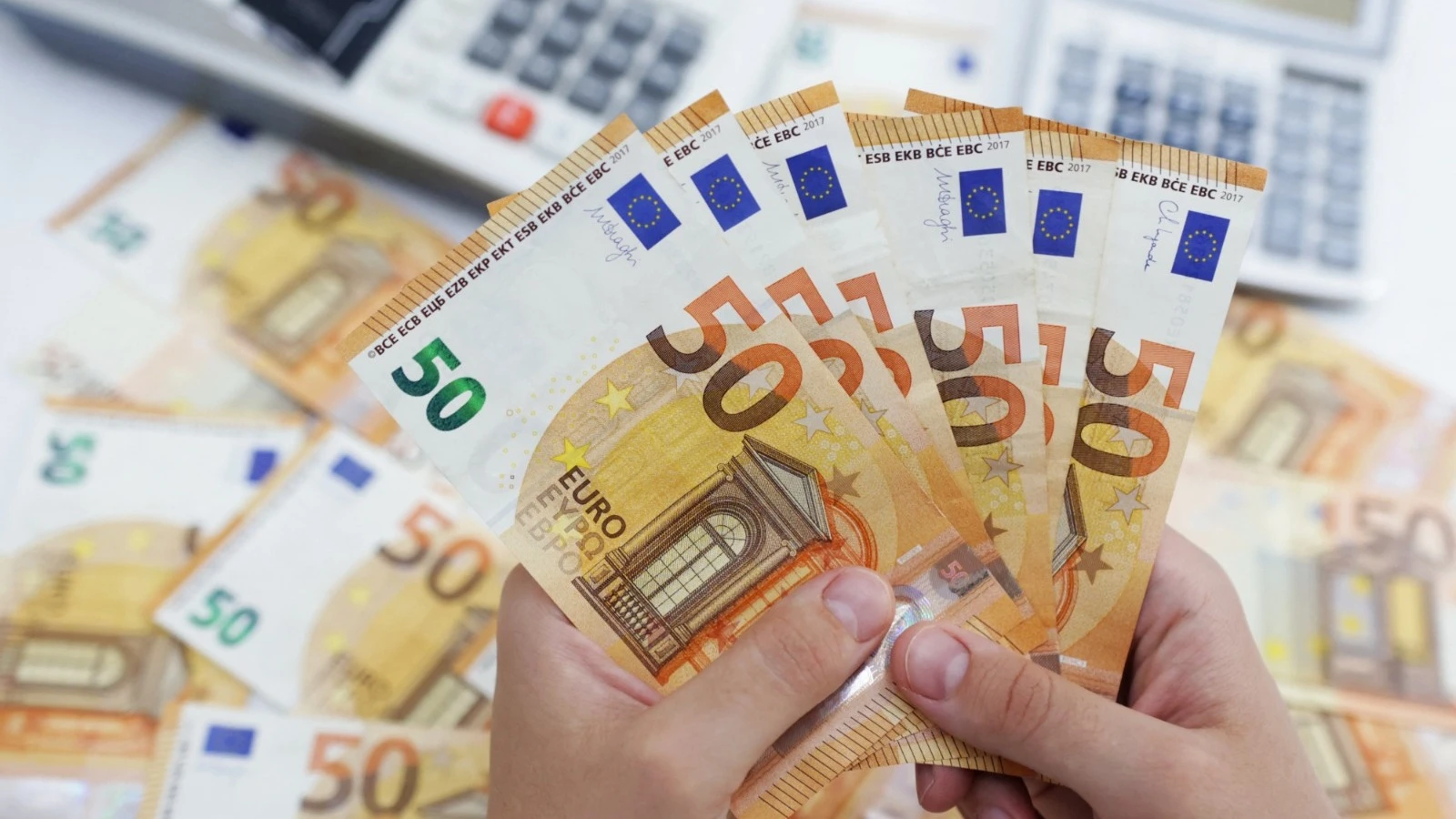Global demand for Euro rises

For the first time this year, issuance from the so-called ‘E’ name supranational borrowers – the European Union, European Investment Bank, European Stability Mechanism and European Financial Stability Facility – reached €1tn of outstanding bonds.
This was an important landmark, showing not just the rapid growth in the market for these bonds but also for European safe assets more generally given these issuers sit at the upper echelon of the capital markets with triple-A ratings.
The growth of European safe assets was explored at the European sovereign, supranational and agency forum, hosted by OMFIF’s Sovereign Debt Institute earlier this month. The event brought together leading European issuers with asset managers and intermediaries for a series of high-level discussions.
Commenting on the growth of the ‘E’ name issuance, a senior official at one of those borrowers said it was ‘just the start’.
He went on to say that ‘if you look at the lending capacity of ESM, the EU and also of the EIB, it’s only used for about a third to 40 percent of what is available’, meaning the outstanding supply of bonds from these issuers could easily be at €2tn-€3tn if the full capacity was used.
One of the criticisms thrown at Europe is the fragmentation in its pool of safe assets compared to the US. ‘What’s clear within Europe is that we don’t have a safe asset, but a lot of safe assets,’ said a senior official at another borrower. ‘We might prefer to have a lower number of safe assets with higher volumes to make it simpler to understand for clients.’
Instead, Europe has a number of safe assets with different capital structures for different purposes.
The EIB lends for projects and the ESM is a crisis protection mechanism, while the Next Generation EU programme is lending on behalf of member states to invest and transform the continent. ‘But for the market itself, they see us as pretty much similar,’ said an official at one of these borrowers. ‘We price quite similarly so it’s just a nuance. Whether it’s by ESM, EFSF, EU or the EIB, we have the same investor base.’
‘Fourteen years ago, it was not obvious that the euro was a safe asset,’ said a senior official. ‘We were in the middle of a crisis and, even on 12 March 2020, it was maybe not obvious that the euro was a safe asset. But since then, what we have seen is the continent being exposed to so many shocks so rapidly, regarding health, trade, energy, war, but the share of euro in reserve management has remained stable. What we are seeing is a remarkable stability in the support that international investors provide to euro safe assets.’
This is backed up by the numbers: the euro is ‘punching above its weight’ at 14% to 15 percent of global reserves, down just slightly from 20 percent despite the decline in Europe’s gross domestic product, said a senior official. Meanwhile, the dollar has declined from 73 percent in 2000 to 58 percent today.
‘I was running the euro benchmark funding as a senior funding official between 2007 and 2010 and, the truth is, there was pure panic in the market,’ said an official at a European borrower. ‘We had to postpone global benchmark issues in euros for six weeks. Now there is far more resilience in the market and the euro itself is more established’.
In a survey of participants at the forum, over 80 percent agreed that the euro is growing in demand for global investors as a liquid and safe asset. But, going forward, there is more work to do in developing European safe assets further.
‘Now the question is not whether the euro is a safe asset, but whether the euro is also perceived as a risky, profitable asset,’ said a senior official at the forum. ‘Here, I think that we have a lot of work to do, and this is, notably, what the Draghi report and other actors are pushing for.’
Top Headlines
© 2024 IPPMEDIA.COM. ALL RIGHTS RESERVED

























